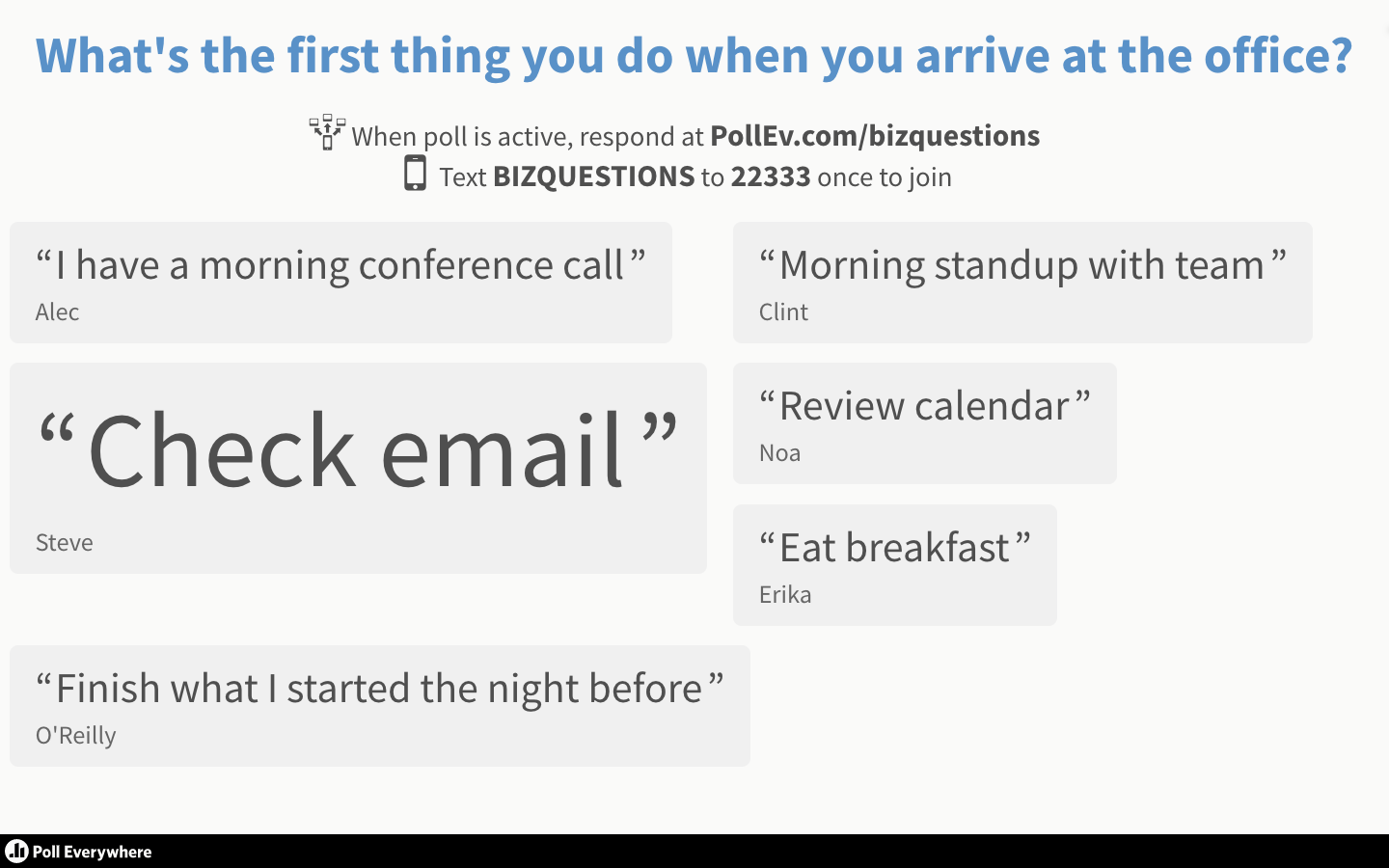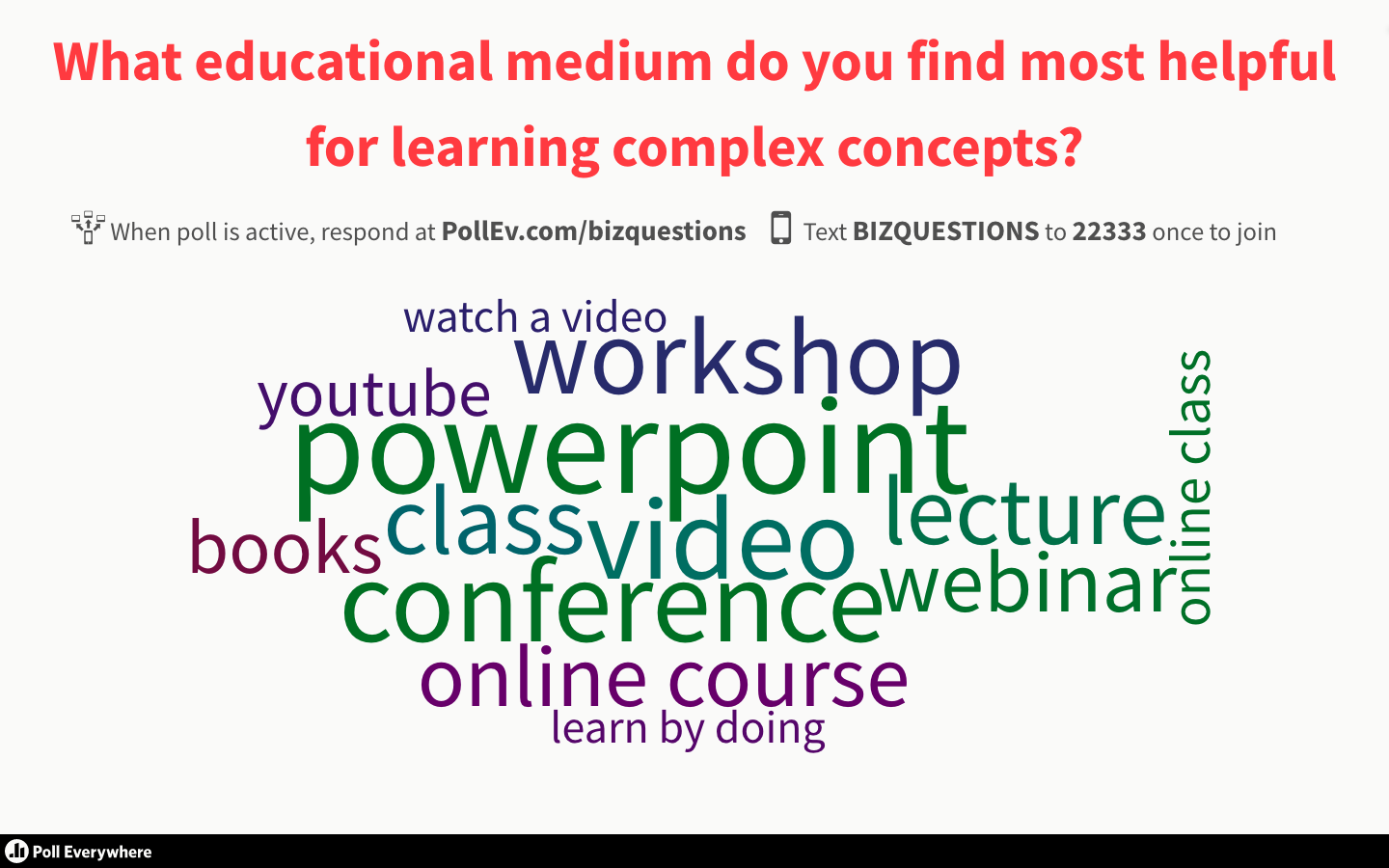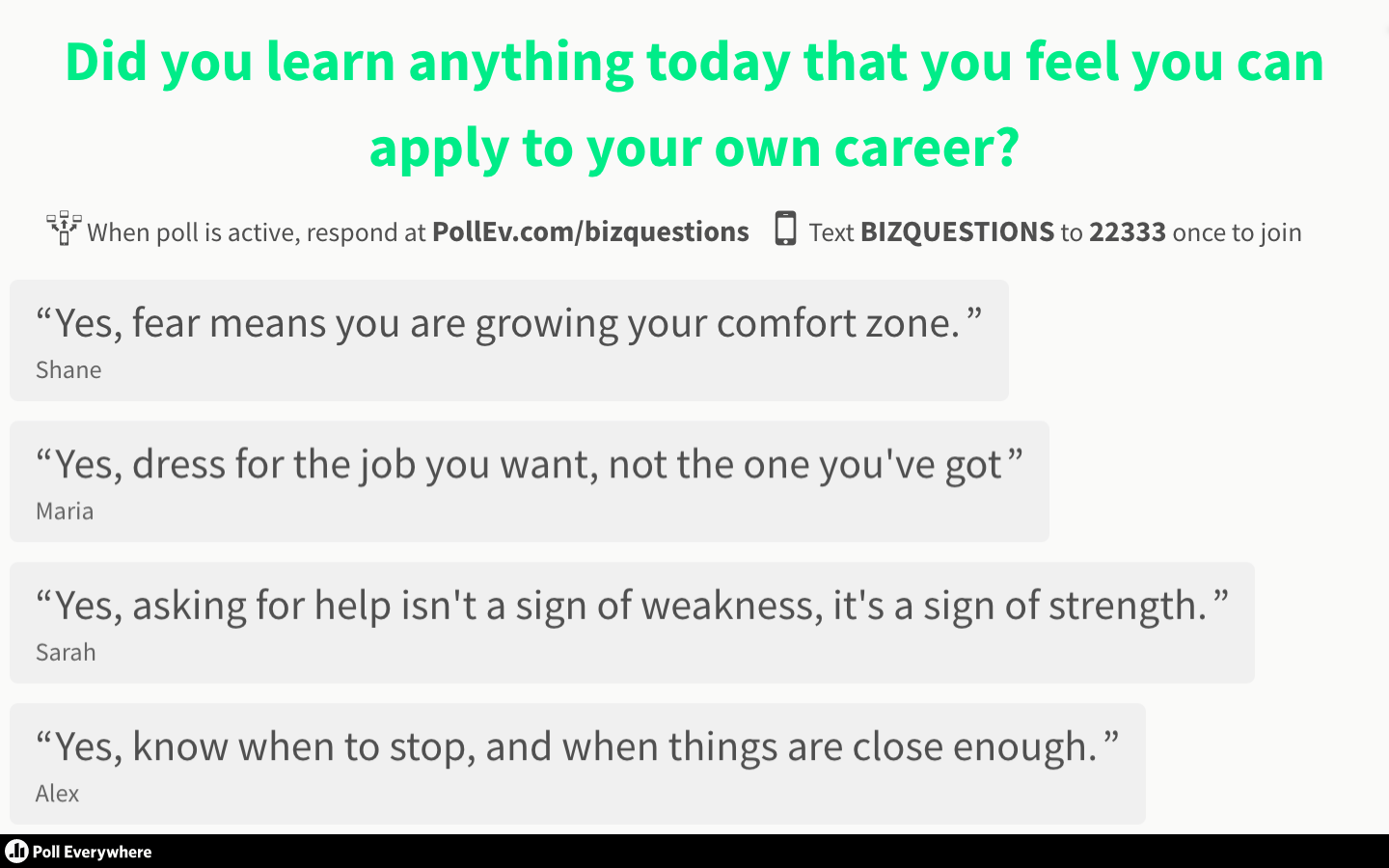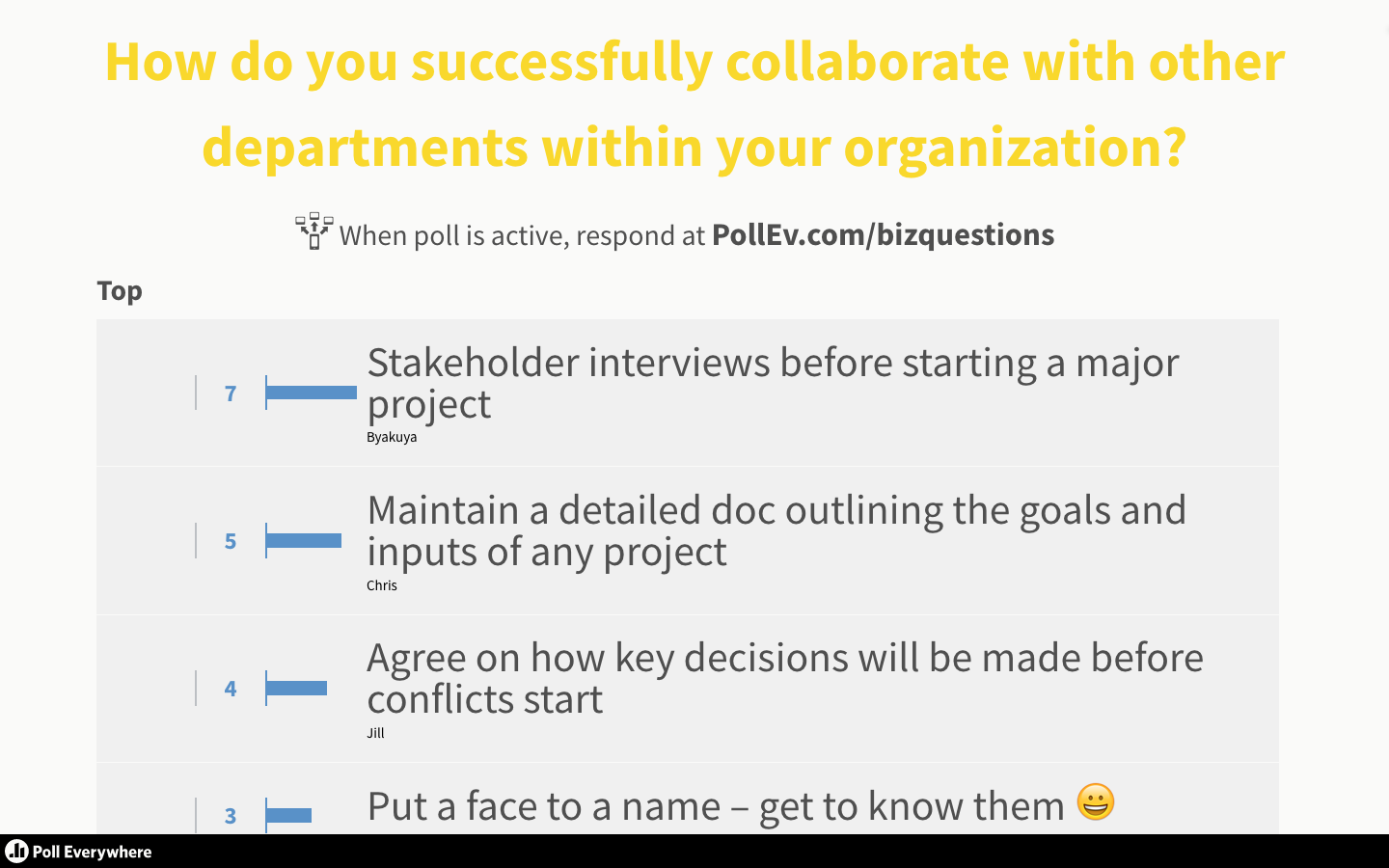How to ask bias-free questions (and still get great responses)

Asking questions should be simple, right? If you’ve tried posing an inquiry that’s concise, direct, and totally free of bias, then you know how complex simple questions can be. It can take more than stringing together some words and slapping a question mark on the end.
It’s human nature. Our personal experiences and viewpoints shape the way that we communicate.
But when you’re aiming to extract authentic and valuable responses from other people, it’s important that you don’t let your own perspectives taint the way that you pose your questions.
We know — it sounds tough. Fortunately, we’ve pulled together four key tips to help you ask bias-free questions.
1. Leave things open-ended
You’re probably familiar with the concept of open-ended questions. In other words, questions that require someone to craft their own response, as opposed to replying with a simple “yes” or “no.”
It may seem strange to think that those yes-or-no questions could actually lead to bias.
Here’s their major downfall: They force people to commit themselves to an absolute response of your choosing — when there are almost always outliers or other circumstances that could be considered.
Let’s say that you asked a group of people this question: Do you always check your email first thing when you arrive at the office?
Sure, maybe that person starts their workday that way most days. But, what about when they have an early meeting? Or, what about those times when an emergency crops up? Should they still answer “yes,” despite the fact they don’t feel comfortable with the word “always”?
If your palms get sweaty at the thought of which answer is the best route, just imagine how your respondent feels.
The better way to ask this question: What’s the first thing you do when you arrive at the office?

Read more: 5 speech tips from a competitive public speaker
2. Resist the temptation of “or…”
When you think of open-ended questions, it’s tempting to think of only staying away from questions that require “yes” or “no” answers. However, you also need to be wary of inadvertently turning your questions into multiple choice inquiries by using the word “or.”
For example, take a look at this question: Would you find a PowerPoint presentation or a video more helpful for learning a complex concept?
That’s not a “yes” or “no” question — but, you’re still pigeonholing people into only two answers that you selected, when there are plenty of viewpoints outside of those.
Perhaps someone learns best from hands-on exercises, while another respondent prefers written instructions. That’s valuable information you would never obtain if you had limited people to only the two answers that fit with your assumptions.
The better way to ask this question: What educational medium do you find most helpful for learning complex concepts?

3. Don’t make assumptions
Speaking of assumptions, avoiding them can be tough. However, you need to do your best to stay away from asking leading questions.
Leading questions are exactly what they sound like: you’re leading people to a particular answer or way of thinking. This doesn’t have to be deliberate. In many cases, it can happen totally subconsciously.
For example, at the end of your seminar, you ask: How will you apply everything you learned today to your own career?
You are indeed making an assumption within that question. You’re asserting that everyone in your audience learned a great deal throughout the course of your talk. That might not be the case for everybody (it’s brutal, but true). Be conscious of how these assumptions creep into your own questions. You might be surprised by how many of them crop up.
The better way to ask this question: Did you learn anything today that you feel you can apply to your own career?

4. Ask one question at a time
There’s a reason you’re asking questions: To get valuable and helpful responses from other people.
With that in mind, it’s tempting to pile on the questions and attempt to get two for the price of one, so to speak.
You might ask something that looks like this: How do you successfully collaborate with other departments within your organization? How do you cope when conflicts arise?
How does that structure contribute to bias? Well, asking too many questions at one time can feel overwhelming and confusing — which means that people will likely answer only the question that seems most relevant or pertinent to them.
Furthermore, you won’t get great information or data you can leverage, as it might not be blatantly clear which response is associated with which question.
The better way to ask this question: How do you successfully collaborate with other departments within your organization?

Even when you implement the above four strategies, bias still has a sneaky way of slipping into your questions. It’s like a gas leak — you can’t always see it, but soon enough you’ll feel the effects.
If you’re truly dedicated to asking questions in a way that’s free of your own bias, here’s one final tip: It’s wise to have someone else you trust review your questions before you pose them.
That extra brain (which likely has a different viewpoint and perspective than you) can help you widen your own lens and spot any questions that might be leading or confusing.